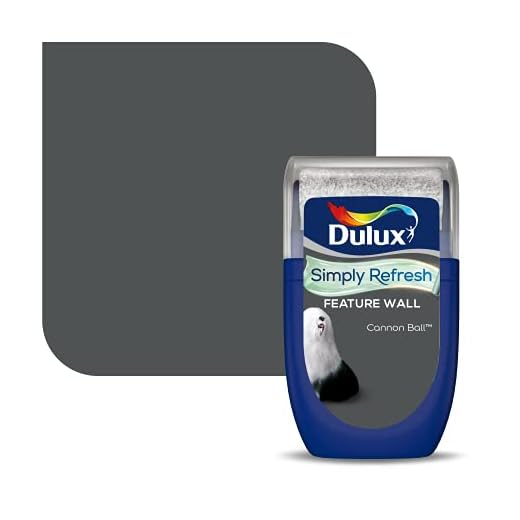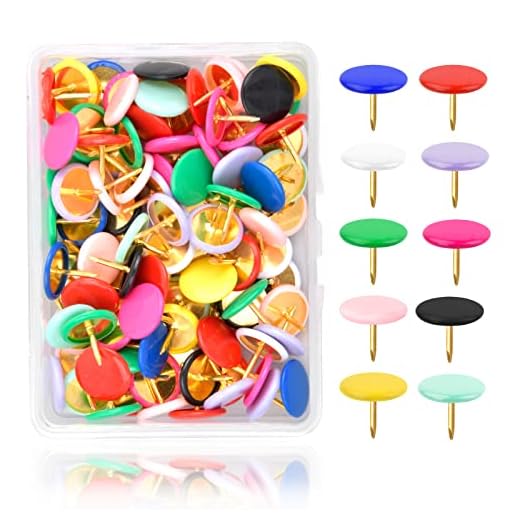How to paint a feature wall

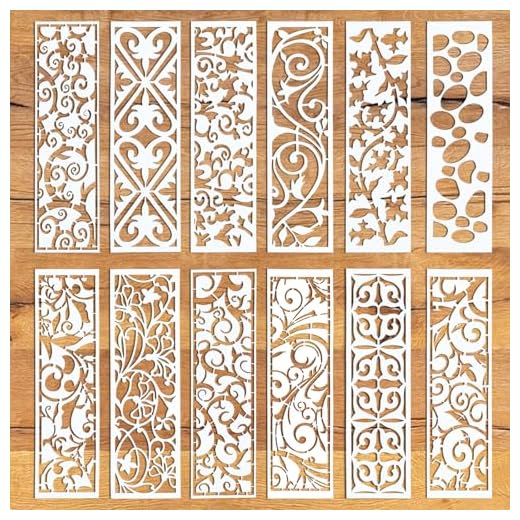
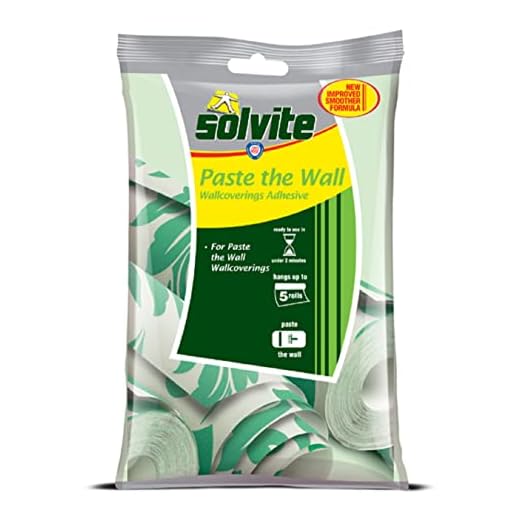
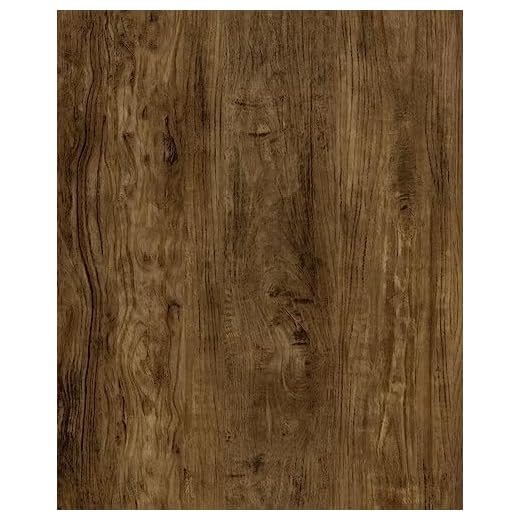
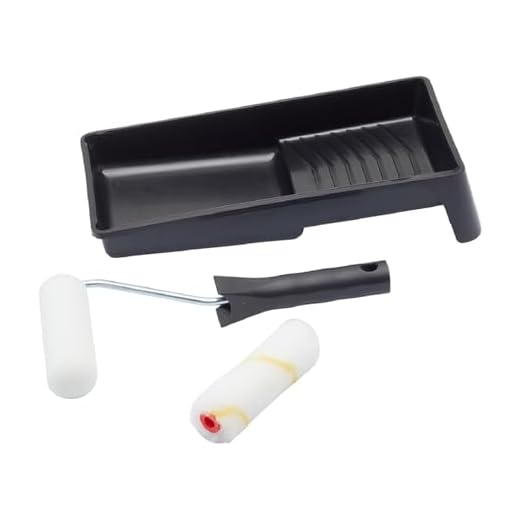
Adding a feature wall to any room is a great way to incorporate a bold design element and add personality and style. Whether you want to create a focal point in your living room or bring life to a bedroom, painting a feature wall is a cost-effective and creative solution. With the right tools and techniques, you can transform any ordinary space into a unique and captivating one.
Before you start painting, it’s important to choose the perfect color for your feature wall. Consider the existing colors in the room and select a shade that complements the overall aesthetic. You can either go for a color that contrasts with the rest of the walls or choose a complementary shade that blends harmoniously. Bold and vibrant colors are often great choices for feature walls, but ultimately, it’s a matter of personal preference and the atmosphere you want to create.
Preparation is key when it comes to painting a feature wall. Start by covering the floor and furniture with drop cloths to protect them from any splatters or drips. Clean the wall thoroughly and repair any cracks or imperfections. Sand the surface if needed to create a smooth and even base for the paint. Once the wall is clean and dry, apply a primer to ensure good paint adhesion and an even finish. This will also help the final color to stand out.
10 Tips for Painting a Feature Wall:
- Plan and measure: Before you start painting, map out the size and placement of your feature wall. Measure the area accurately to determine the right amount of paint you’ll need.
- Remove obstacles: Take down any artwork, mirrors, or shelves that may be hanging on your wall. Remove any hardware and fill in any holes or marks left behind.
- Tape and protect: Use painter’s tape to neatly tape off the edges of your feature wall, ensuring clean lines. Cover switches, outlets, and trim with tape to protect them.
- Test the color: Before you commit to painting the entire wall, test a small section of the chosen color to see how it looks in different lighting conditions.
- Begin painting: Start by cutting in with a brush to paint the corners and edges of the wall. Then use a roller to apply the paint to the rest of the wall in smooth and even strokes.
- Apply multiple coats: Depending on the desired color intensity and coverage, you may need to apply multiple coats. Allow sufficient drying time between each coat.
- Take breaks: Painting a feature wall can be time-consuming, so take regular breaks to rest and avoid fatigue. Stay hydrated and nourished throughout the process.
- Clean as you go: Clean up any spills or drips immediately to prevent them from drying on the floor or furniture. Keep a damp cloth or sponge handy at all times.
- Remove the tape: Once the paint has dried, carefully remove the painter’s tape at a 45-degree angle for a neat finish. Make sure to remove it before the final coat dries completely.
- Add finishing touches: Once your feature wall is painted and dry, you can enhance its visual impact by adding additional design elements, such as wall decals, stencils, or wallpaper accents.
Now that you have the knowledge and tips you need, it’s time to put your creativity to work. So go ahead, choose your favorite color, and transform your space with a captivating feature wall that will make a statement.
The Importance of Feature Walls
Feature walls can serve as the centerpiece of any room, adding a unique touch and enhancing the overall aesthetics. They have the power to transform a plain space into a visually appealing and interesting area. By choosing the right color and texture, a feature wall can create depth, mood, and character in a room.
One of the main benefits of feature walls is that they provide an opportunity to introduce bold colors or patterns into a space without overwhelming the entire room. This allows for more creativity and experimentation in interior design. A well-designed feature wall can effortlessly tie together different elements in a room and create a sense of continuity.
Creating Focal Points
Feature walls play a crucial role in design by creating focal points or drawing attention to a particular area. They can be used to highlight architectural features or emphasize a particular piece of furniture. When strategically placed, a feature wall can draw the eye towards it and make it the main focus of the room.
Additionally, feature walls can also serve as a platform for showcasing artwork, photography, or other decorative elements. By providing a dedicated space for a unique display, a feature wall enhances the overall visual interest and adds a personal touch to the room.
Adding Dimension and Texture
By selecting a different color or texture for a feature wall, you can easily create visual depth and add texture to a space. Whether it’s through the use of paint, wallpaper, or a combination of both, a feature wall can introduce texture and layered visual interest that enhances the overall design of the room.
Furthermore, feature walls can also be used strategically to visually alter the perception of a room’s proportions. A feature wall painted in a darker shade can bring a sense of cosiness and intimacy to an otherwise too spacious area. On the other hand, choosing a lighter color can create an illusion of greater space.
In conclusion, feature walls have a vital role in interior design. They serve as a creative canvas for adding color, dimension, and character to a room. Whether it’s through the use of paint, wallpaper, or other techniques, a well-designed feature wall can truly transform a space and create a visually stunning focal point.
Why You Should Consider Adding a Feature Wall to Your Interior
A feature wall is a great way to add visual interest and uniqueness to your interior design. Whether you are decorating a living room, bedroom, or any other space in your home, a feature wall can completely transform the look and feel of the room. Here are some reasons why you should consider adding a feature wall to your interior:
- Enhances the Overall Aesthetic: A feature wall can serve as a focal point and create a statement within the room. It adds depth and dimension to your space, bringing it to life.
- Adds Personality and Style: By choosing a bold color or pattern for your feature wall, you can express your personality and taste, making the room feel more personalized and unique.
- Creates Visual Interest: A well-designed feature wall can act as a work of art, with its color, texture, or pattern drawing the eye and adding visual interest to an otherwise plain space.
- Defines Zones: In an open-concept space, a feature wall can be used to delineate specific areas or zones. For example, in a living and dining area, a feature wall can be used to define the living room space and differentiate it from the dining area.
- Hides Imperfections: If you have a wall with imperfections, such as cracks or uneven surfaces, a feature wall can be a stylish solution to camouflage these flaws and turn them into a design element.
- Can be Easily Updated: One of the great things about a feature wall is that it can be changed and updated relatively easily. If you get tired of the color or pattern, you can simply repaint or wallpaper the wall to refresh the look of the room.
- Offers a Budget-Friendly Design Option: If you are on a tight budget but still want to make a significant impact on your interior, a feature wall is an excellent choice. It requires less paint or wallpaper compared to covering an entire room, making it a more affordable design option.
Overall, a feature wall is a versatile and visually appealing design element that can transform your interior. By adding a feature wall, you can elevate your space, showcase your personal style, and create a focal point that will leave a lasting impression.
Choosing the Right Wall for Your Feature
When deciding on a feature wall for your room, it is important to consider which wall will work best. Here are some factors to keep in mind when choosing the right wall:
- Wall Size: Look at the size of the wall you are considering for your feature. If it is a smaller wall, such as one opposite a window or a doorway, it can help create a focal point without overwhelming the space. On the other hand, if it is a larger wall, like the one behind a bed or a living room sofa, it can make a dramatic statement.
- Visibility: Consider the visibility of the wall. Will it be easily seen from different angles of the room? If the wall is hidden or obstructed by furniture, its impact may be diminished. Choose a wall that is visible from multiple angles, so that the feature can be appreciated from different parts of the room.
- Natural Light: Take into account the natural light in the room. If the wall receives plenty of sunlight, it can enhance the colors and textures of the feature. If the wall is in a dimly lit area, you may want to choose lighter colors or reflective finishes to brighten up the space.
- Architectural Details: Assess the architectural details of the room. Is there a special feature like a fireplace, a built-in shelf, or a decorative molding that can be highlighted? Choosing a wall that complements or contrasts these features can add depth and character to the space.
- Functionality: Think about the functionality of the wall. Is it a wall that gets a lot of traffic or touches? If so, you’ll want to choose a paint finish that is durable and easy to clean. Consider using high gloss or semi-gloss paint for walls that may need extra protection or maintenance.
By taking these factors into consideration, you can choose the right wall for your feature and create a stunning focal point in your room.
Factors to Consider When Selecting a Wall for Painting
Choosing the right wall to paint as a feature wall can greatly enhance the aesthetic appeal of any room. Here are some factors to consider when selecting a wall for painting:
1. Visual Focal Point:
Consider the layout of the room and choose a wall that acts as a focal point. This wall should draw the attention of anyone entering the room and should complement the furniture and decor.
2. Lighting:
Take into account the natural and artificial lighting in the room. A wall that receives ample light will highlight the colors and details of the painted design. On the other hand, a wall with limited lighting may appear dull and muted.
3. Size and Shape of the Wall:
Analyze the size and shape of the wall you plan to paint. A large, spacious wall offers more creative possibilities for bold designs and intricate patterns. Smaller walls may require simpler and more subtle designs to maintain balance and avoid overwhelming the space.
4. Architectural Features:
Consider any architectural features present on the wall, such as windows, doors, or built-in shelves. These features can either enhance or disrupt the painted design. Decide whether you want them to blend in with the overall design or stand out as separate features.
5. Color Scheme:
Think about the color scheme of the room and how the painted wall will fit into that scheme. Choose complementary or contrasting colors that will create a harmonious or striking effect. Consider the mood or ambiance you want to convey and select colors accordingly.
By carefully considering these factors, you can select the perfect wall for painting as a feature wall. Remember to experiment with different options and seek inspiration from various sources, such as interior design magazines or websites, to find the ideal design that reflects your personal style and enhances the room’s overall ambiance.
Preparing Your Feature Wall
Before painting your feature wall, it is important to properly prepare the surface. This will ensure that the paint adheres well and that the finished result looks professional and long-lasting.
Clean the Wall
The first step is to clean the wall thoroughly, removing any dirt, dust, or grease. Use a mild detergent mixed with warm water and a sponge or cloth to gently scrub the surface. Rinse with clean water and allow the wall to dry completely before proceeding.
Repair Any Damage
Inspect the wall for any cracks, holes, or imperfections. Fill any holes or cracks with a suitable filler, such as spackle or putty. Use a putty knife or scraper to smooth the filler and ensure it is level with the wall surface. Allow the filler to dry completely and then sand it down until smooth. Wipe away any dust with a damp cloth.
If the wall has any peeling or flaking paint, use a scraper to remove the loose paint. Sand the area lightly to create a smooth surface. Wipe away any dust before proceeding.
If the wall is wallpapered, it is recommended to remove the wallpaper before painting. Use a wallpaper stripper and a scraper to carefully remove the wallpaper. Clean the wall with warm water and a sponge to remove any residual adhesive. Allow the wall to dry completely before continuing.
It is important to ensure that the wall is in good condition before painting, as any imperfections or loose material will be highlighted once the paint is applied.
Steps to Take Before Painting Your Feature Wall
Before starting to paint your feature wall, it is important to take appropriate steps to ensure a smooth and successful painting process. By following these steps, you can create a beautiful feature wall that adds character and style to your space.
|
1. Clean the wall thoroughly: Hot Pick
THE ONE Multi-Surface All-In-One Paint Durable Formula for Indoor and Outdoor Use
Efficiently paint almost any surface with this all-in-one paint and primer, offering great coverage and a superior finish in just one coat.
Before painting your feature wall, make sure to clean it properly. Remove any dust, dirt, or grease from the wall surface using a damp cloth or sponge. Cleaning the wall will ensure that the paint adheres properly and allows for a smooth finish. |
|
2. Prepare the surface: After cleaning the wall, you should check for any cracks, holes, or imperfections. Fill in any gaps or cracks with a suitable wall filler or putty. Sand down any uneven areas to create a smooth surface for painting. It is important to have a properly prepared surface to achieve a professional-looking feature wall. |
|
3. Protect the surrounding areas: Before you begin painting, take the time to protect the surrounding areas. Use painter’s tape to cover any trim, baseboards, or adjacent walls that you want to keep free from paint. Place drop cloths or plastic sheeting on the floor to prevent paint splatters or spills. |
|
4. Prime the wall: Apply a coat of primer to the feature wall. Priming the wall provides a smooth base for the paint and helps the paint adhere better. Allow the primer to dry completely before proceeding to the next step. |
|
5. Choose the right paint: Select a high-quality paint that is suitable for your desired finish. Consider the color scheme and the overall style of the room when choosing the paint. Test a small area of the wall with the paint to ensure that you are satisfied with the color and finish before proceeding to paint the entire wall. |
|
6. Apply the paint: Once the wall is properly primed and you have chosen the paint, it’s time to apply the paint to your feature wall. Use a roller or brush to evenly apply the paint, following the manufacturer’s instructions. Apply multiple coats if necessary, allowing each coat to dry before applying the next one. |
|
7. Remove the painter’s tape: After the final coat of paint has dried, carefully remove the painter’s tape from the trim, baseboards, and adjacent walls. Removing the tape slowly and at a slight angle will help prevent any paint from peeling off. |
|
8. Clean up: Once you have finished painting your feature wall, clean up any paint brushes, rollers, and other painting tools. Dispose of any empty paint containers according to local regulations. Remove the drop cloths or plastic sheeting and clean any paint splatters or spills. |
|
9. Let the paint cure: Allow the painted wall to dry and cure for the recommended time according to the paint manufacturer’s instructions. This will ensure that the paint fully dries and sets, providing a long-lasting and durable finish. |

